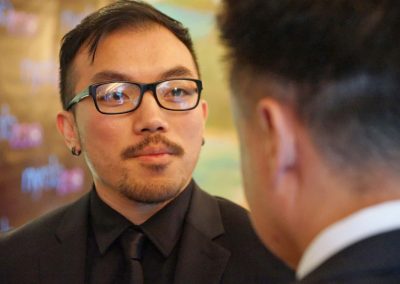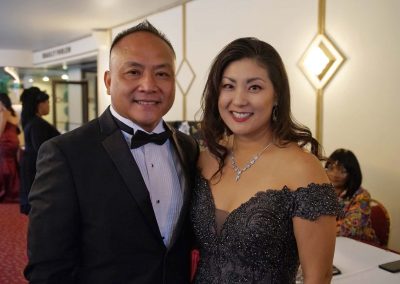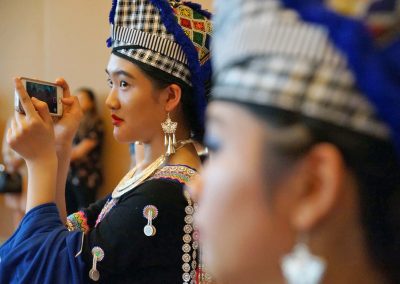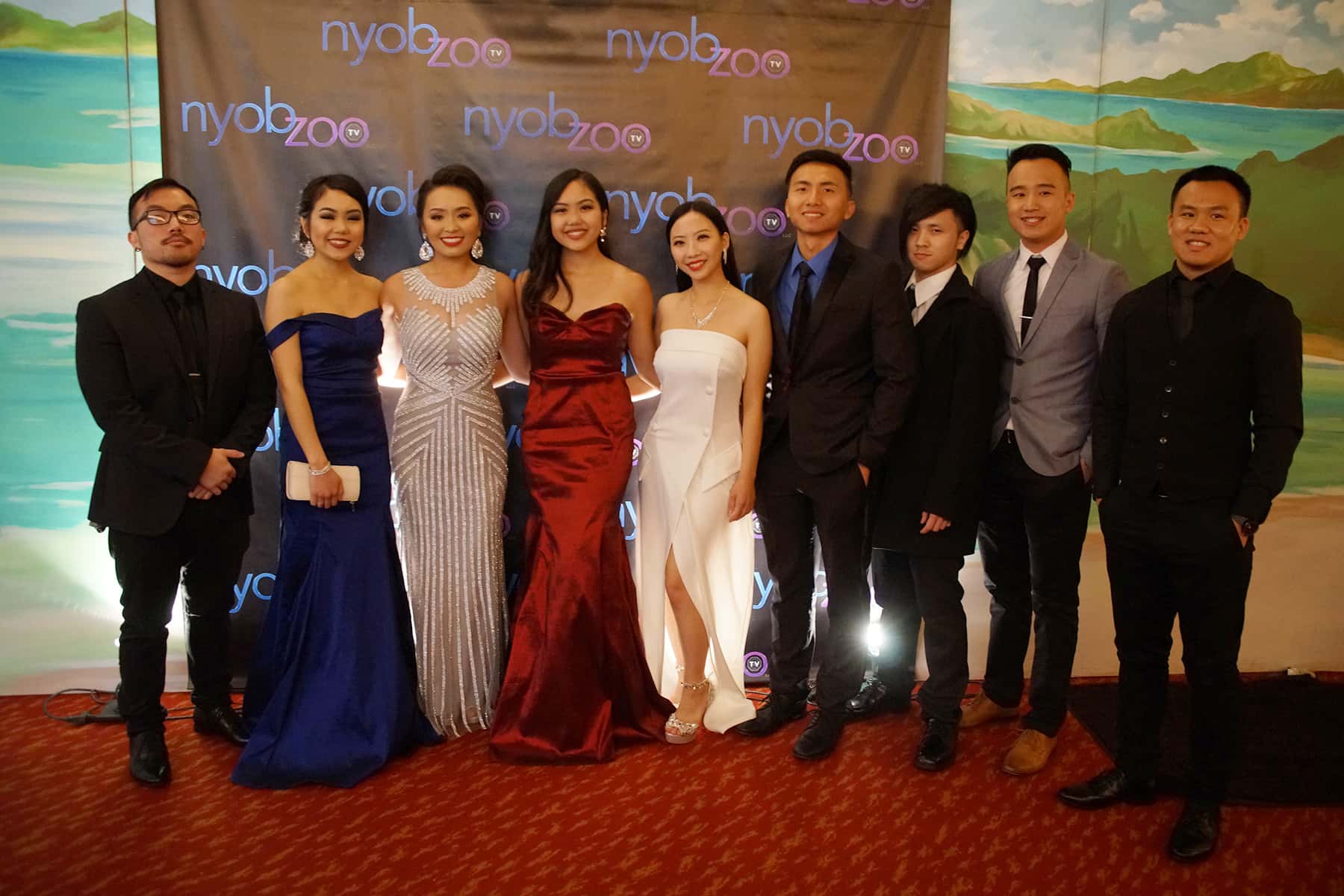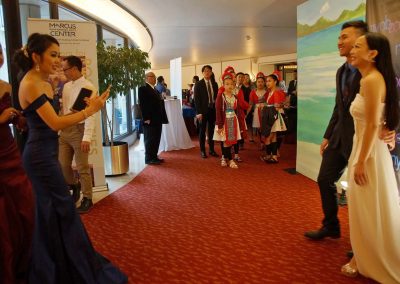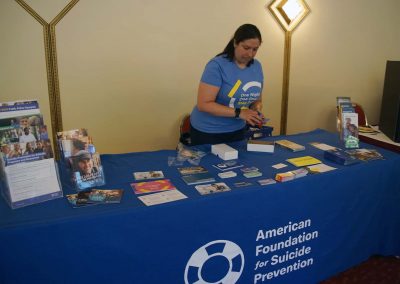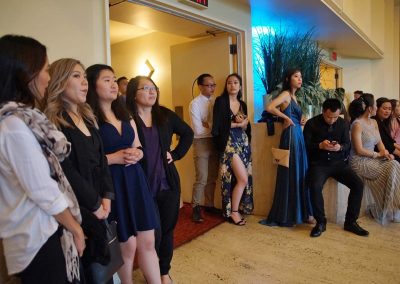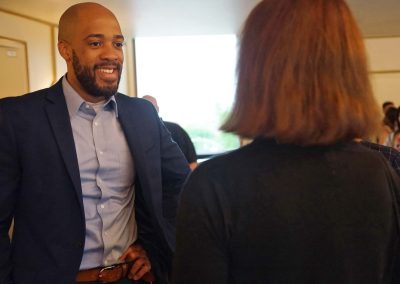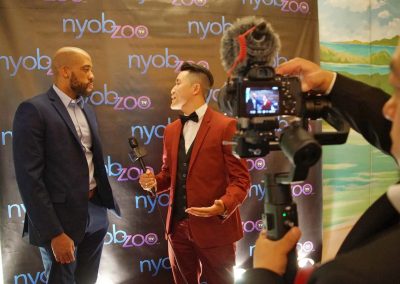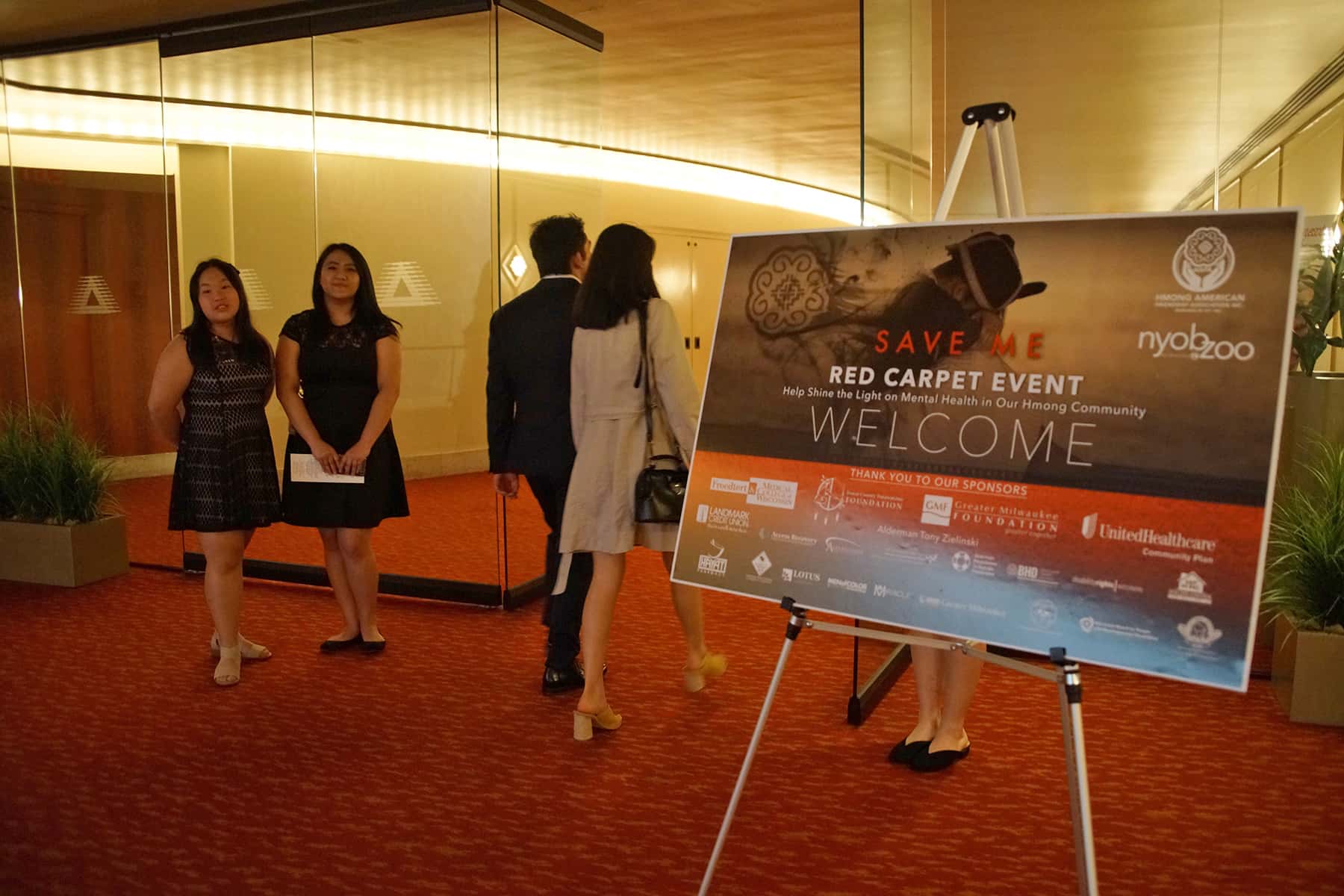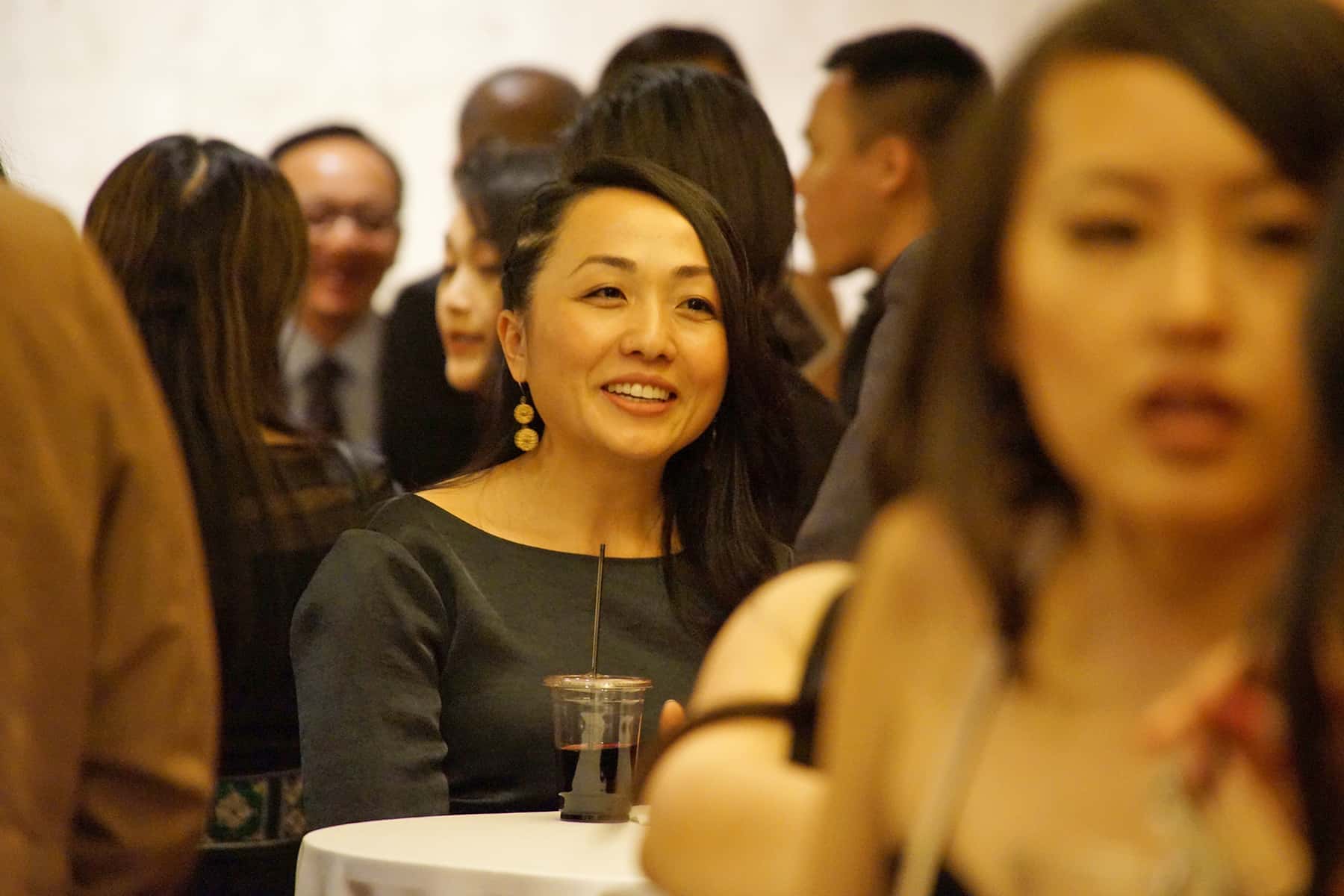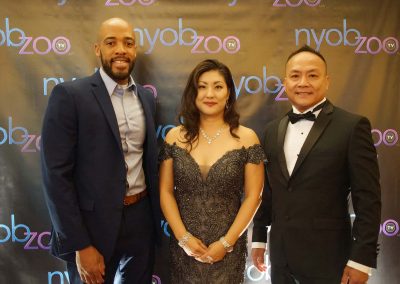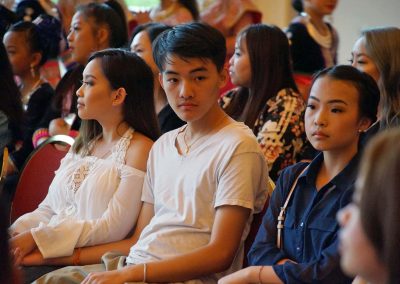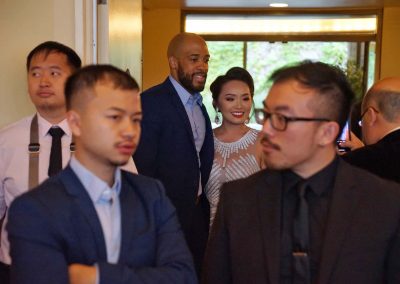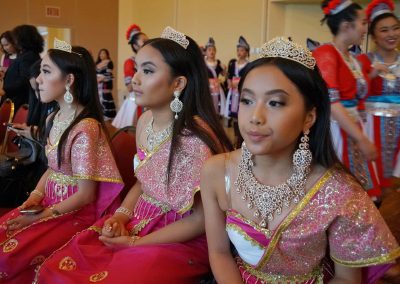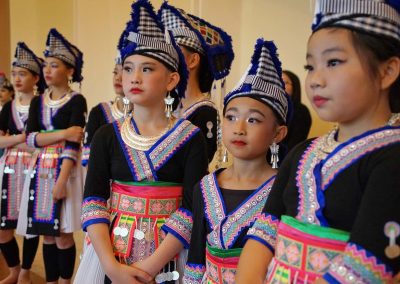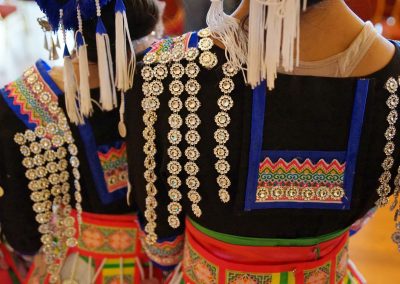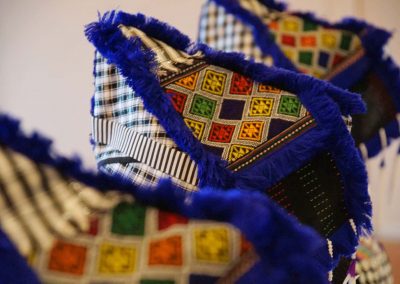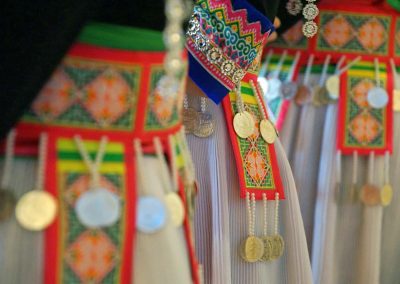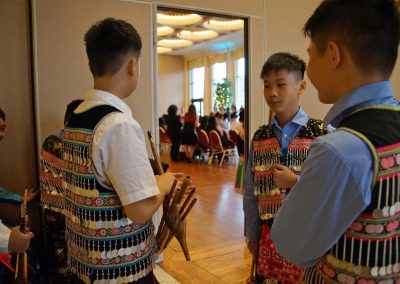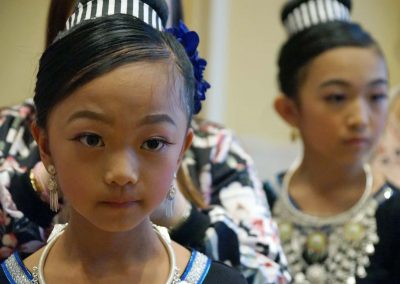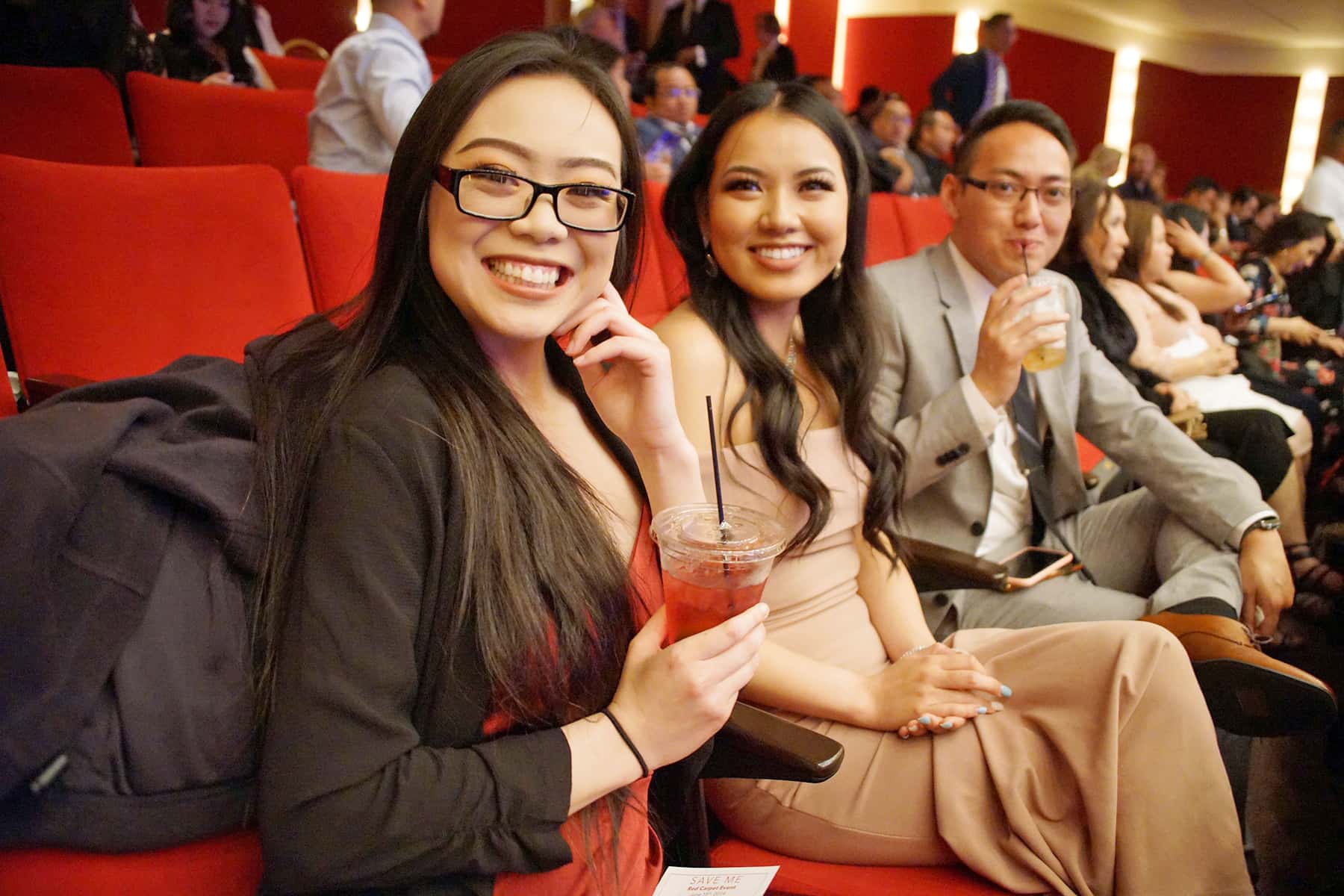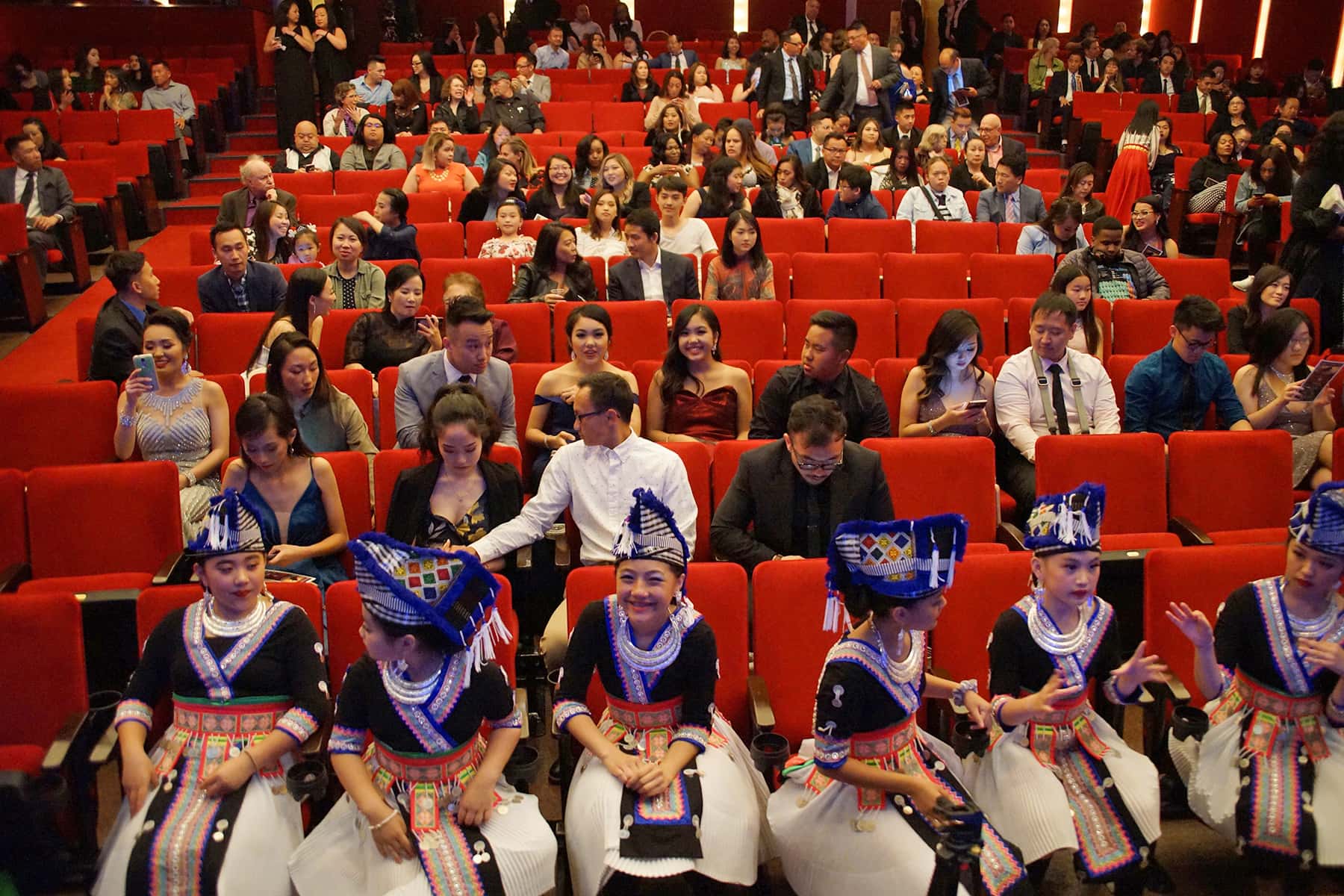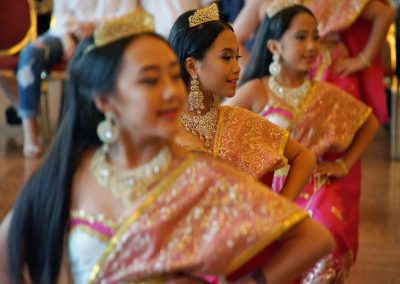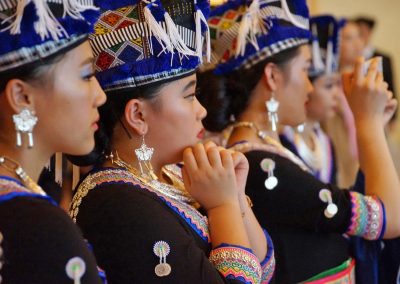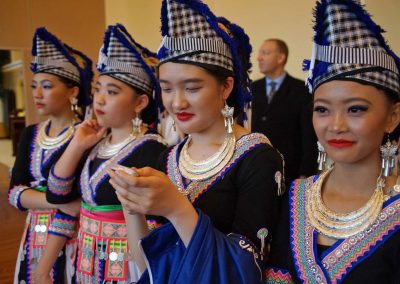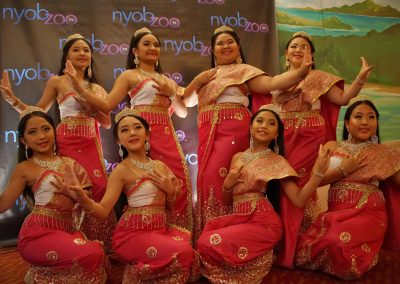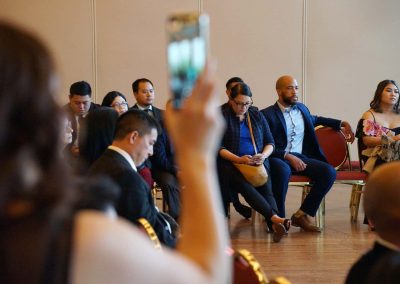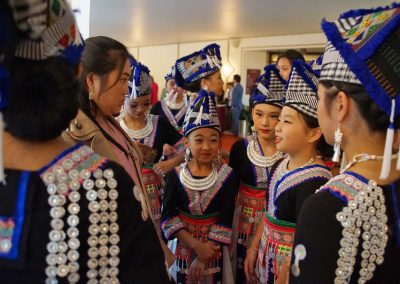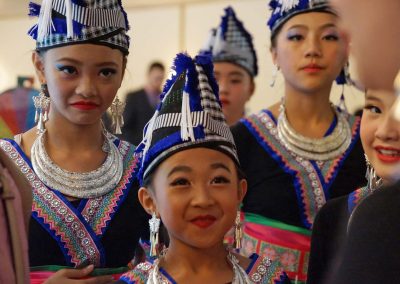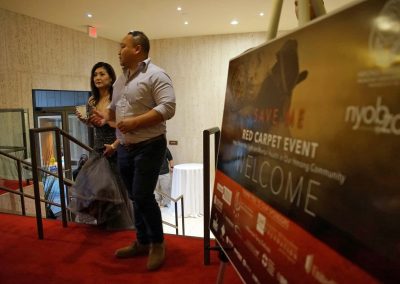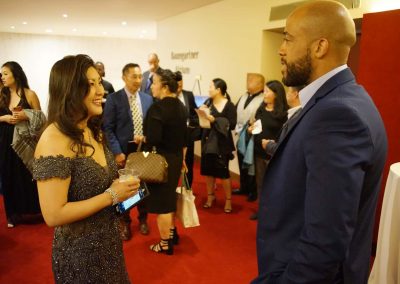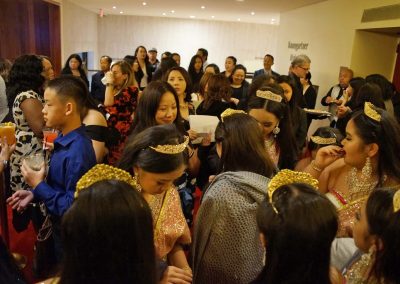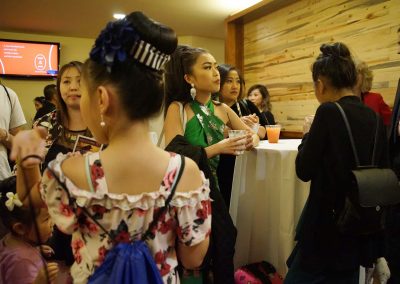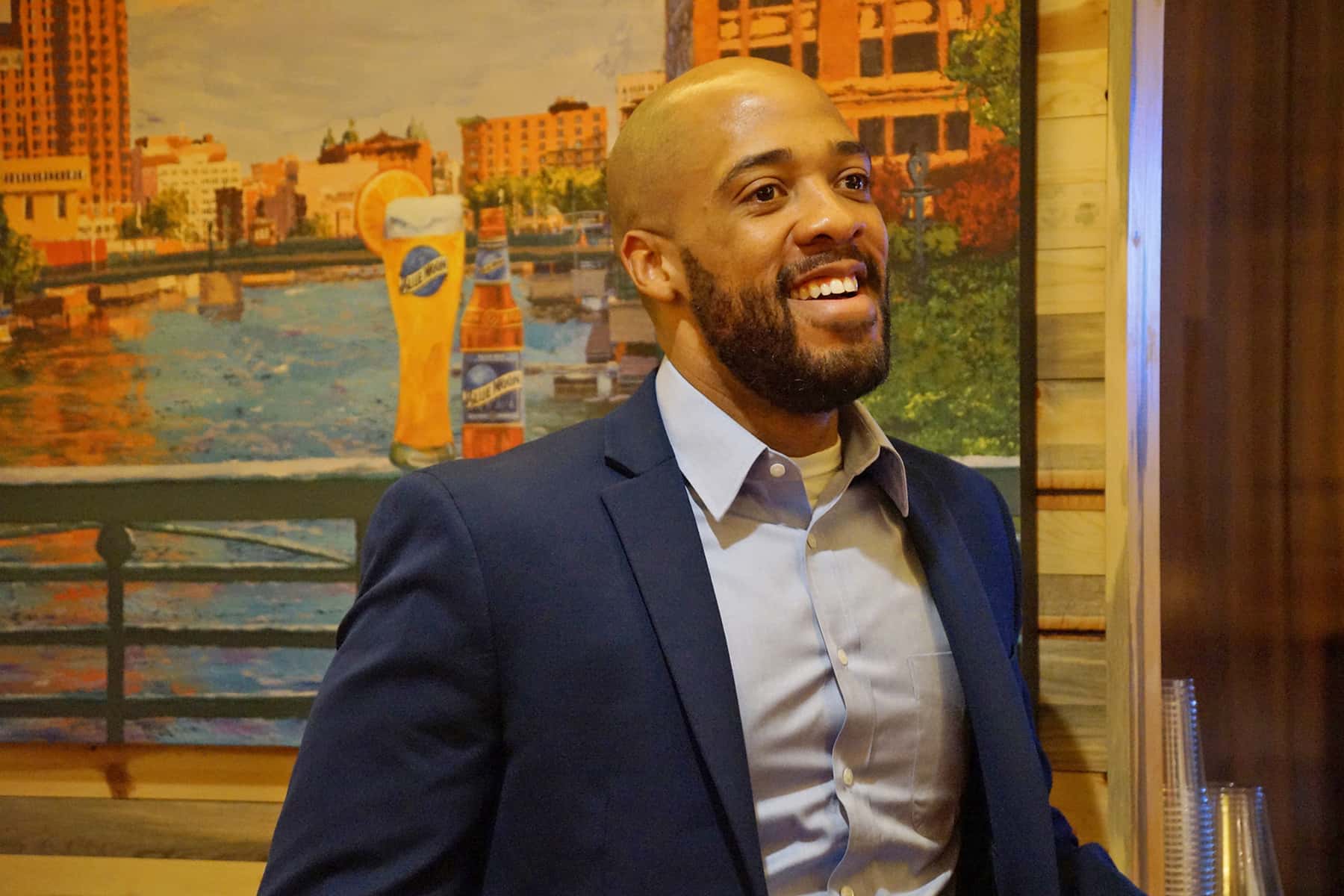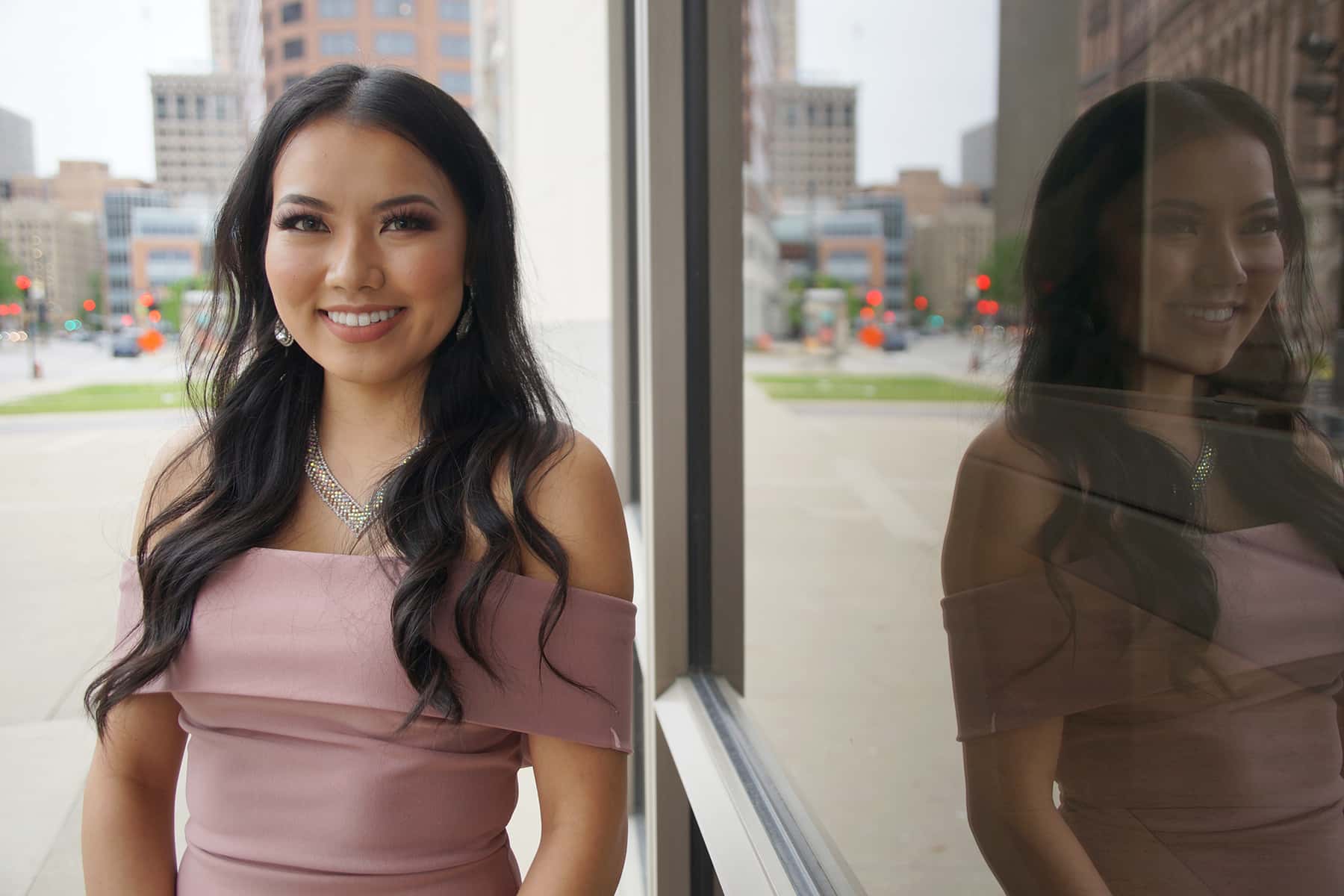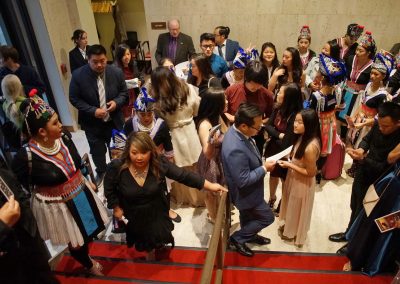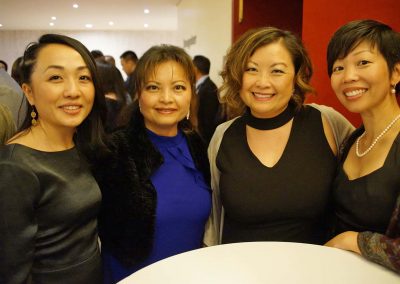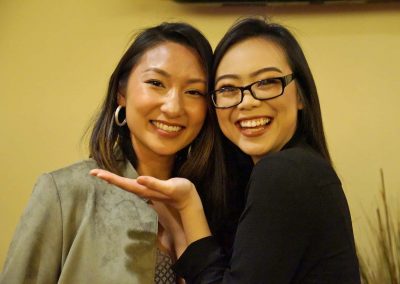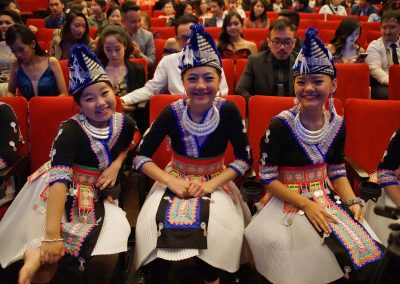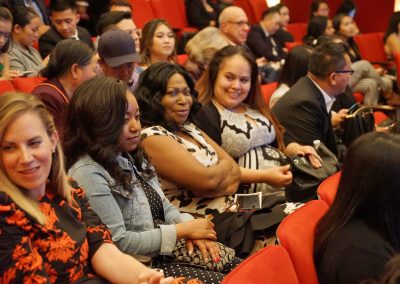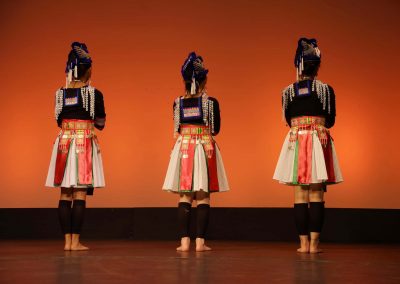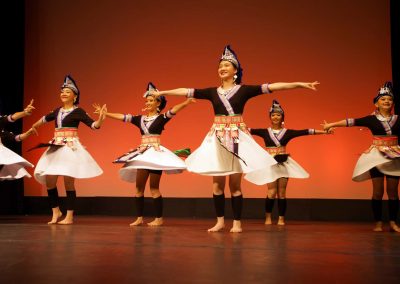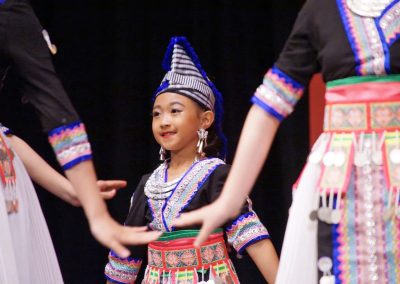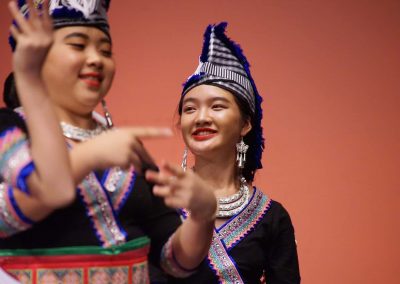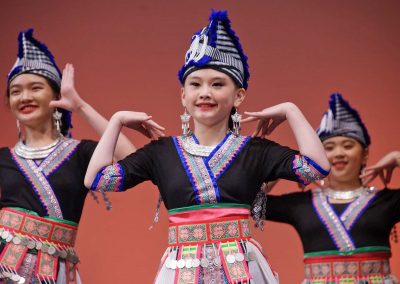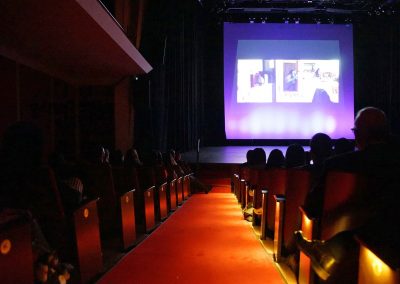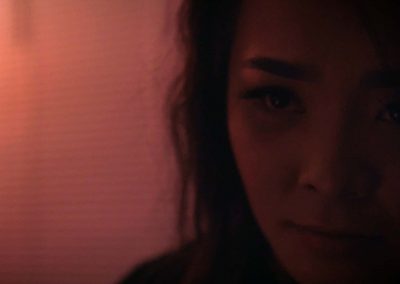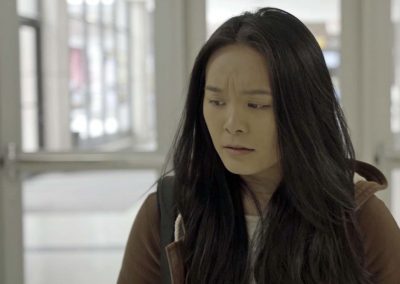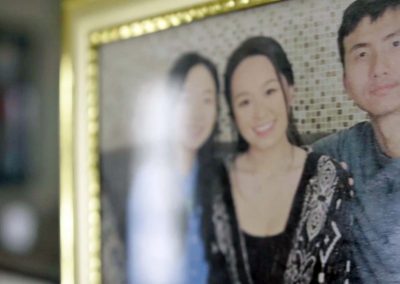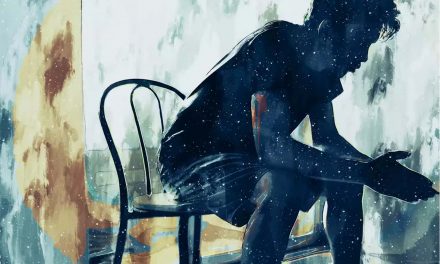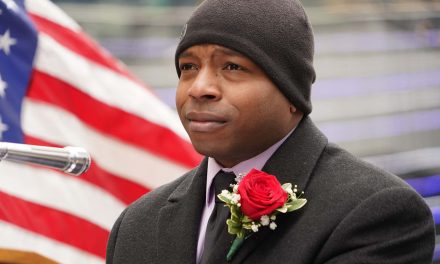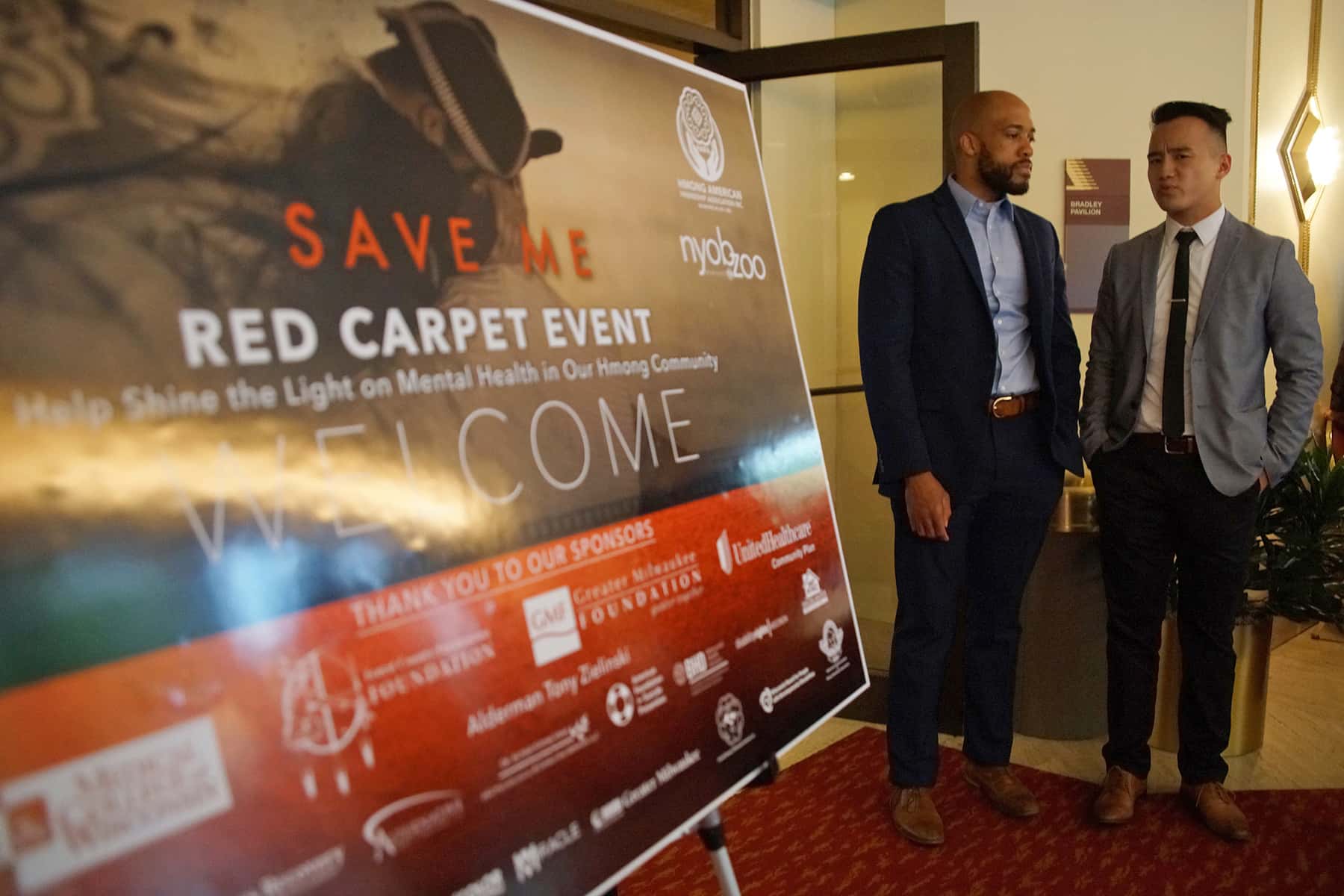
The Wilson Theater at Vogel Hall in the Marcus Center for the Performing Arts hosted a special red-carpet event on June 15 that premiered the screening of “Save Me,” a locally produced film created to bring attention to the need of mental health resources for Milwaukee’s Hmong community.
The Hmong American Friendship Association and Nyob Zoo Milwaukee TV, along with a number of local organizations, collaborated to translate the stage play into a film. “Save Me” features a young Hmong girl who loses her mother and falls into depression, until she meets a mysterious person who teaches her to find acceptance. The film explores the challenges of living between the two worlds of Hmong culture and Western life in Milwaukee. Youth from the Hmong Student Organization at UW-Milwaukee acted in and helped produce the feature.
“The idea was to bring the public to this red-carpet event and open a dialogue within the Hmong community about mental health,” said Thay Yang, CEO of Nyob Zoo Milwaukee TV. “It is a problem which affects every culture, but suicide is a big issue in our community because the subject has been swept underneath the rug. It’s like a hidden disease no one talks about. We especially need to talk more, and get the resources and help that our Hmong population in Milwaukee can utilize.”
Global statistic show that one person dies from suicide every 40 seconds. For every person who dies by suicide, 40 have attempted it. In the United States, suicide is the second leading cause of death for individuals 10 to 34. Depression is one of the biggest risk factors for suicide, and the stigma of mental illness already compounds the problem across American society.
Not a lot of mental health data exists about the Hmong community in Milwaukee, but statistics suggest that Hmong youth ages 18 to 25 are four times more likely to have suicidal intentions than the general public. For the Southeast Asian population in America, consisting of Hmong, Vietnamese, Cambodians, and Laotians, the most diagnosed mental health condition is a major depressive disorder. For the Hmong population there is an 80% diagnosis, and 90% of Hmong individuals who committed suicide suffered some form of mental illness.
“Part of the difficulty comes from cross-cultural practices, like religion. A lot of Hmong people still practice Shamanism, so they prefer to rely on that for spiritual healing. When it comes to mental health, sometimes it is not the best form of treatment, because we do not live like how are used to anymore,” said Yang. “Many of the Hmong people are still suffering from the Vietnam War. But we are in a different part of the world now, living in a different culture with pressures from technology and information, and a stressful lifestyle that our culture was never exposed to before. Past generations and our parents were taught to be tough and to endure pain in silence. So when they come over here and a new generation of these kids are looking for affection, they are most likely not going to get it from these older Hmong parents. This cross-cultural complexity has a big impact on the mental health issue for the Hmong community and why we struggle with it.”
Before the public viewing of “Save Me” was shown, the event hosted several resource exhibits and cultural performances to bring the local community together. The event was planned as a platform to also help build connections and provide educational information. Within the Hmong community, the family and clan have traditionally served as guides and protective sources of support. Mental health services are often the last resort for support and used only in response to a crisis.
“Hmong conceptualize health and healing in a ways that Western culture does not. We believe that when a person is not well it is because of a physical health condition, or due to spiritual suffering,” said Dr. Alyssa Kaying Vang, PsyD, LP, who gave a keynote speech before the movie. “For example, a condition that is considered to be a major depressive disorder, when a person is feeling sad, or hopeless, or disturbed, or hearing voices, or is socially isolated and withdrawn, in Hmong culture we might think there is something physically wrong with the body. So we seek a physical remedy from regular doctor. Or we might believe that a person has had some spiritual suffering, and we seek a spiritual healer like a Shaman.”
In 1998, Dr. Vang was a graduate student studying clinical psychology and living in Fresno, California. The small town was home to large Hmong population. From 1998 to 2001, there was a string of Hmong suicides among the youth, with eight occurring in a span of six months. It was devastating news for the Hmong community, and even more so for Dr. Vang because one of those suicides included her cousin. But it was a subject her family did not talk about.
“In my Western trained educational mind, that was unacceptable. I believed that my cousin’s suicide was preventable. I believed we could’ve done more. One life lost was already too many lives lost, and I grieved,” said Dr. Vang. “As I continued to grapple with the emotions that I experience, and the lack of conversation around his death, I had many questions. But even when I had finished my graduate studies in clinical psychology, on the study of mental health issues, I could not approach my uncle. I did not know how to have that conversation for fear of offending him.”
Even though her uncle knew that Dr. Vang was studying in the field of mental health at that time, he did not approach her. She finally presented many questions to her father, including why the family was not talking about her cousin’s suicide.
“My father replied with a typical Hmong idiom that expressed our cultural thinking,” said Dr. Vang. “Hmong people believe that perhaps it was his fate, that it was his mandate in life, and it was his destiny to die by suicide at an early age. In Hmong culture, we just except that. But I couldn’t. So I pressed on, and I wondered how was his family coping with the loss of a son of a brother.”
Hmong families hold a traditional ceremony in the hope that it will prevent a suicide from happening again. In the Hmong culture, when someone dies by suicide, many believe that that person‘s soul cannot cross into the world of the spirits to reunite with their ancestors. They remain stuck at the gates and cannot crossover, marked by their method of suicide.
“Nyob Zoo Milwaukee TV is very passionate about this project. I lived through the experience myself and could have been one of those statistics,” added Yang. “I grew up not understanding the issues that I had, living here as a kid and not having a self identity, being pulled from the jungle into a cement city, being bullied by kids at school because of not knowing the language. I grew up very isolated, so I have a personal connection to this issue. I was fortunate, because if I had not gotten the support from good friends and family that I needed, I don’t know where I would be today. That’s why I have a personal connection to this film and I don’t want Hmong kids going through what I did.”
Many older Hmong “just try to put things out of their mind, to forget about the problem and find a distraction.” The cultural tradition is to endure the suffering, and accept what happens as fate or destiny. Hmong people try to live a good life, and hope the next existence will be a better one. They apply the old methods for coping with the new strains and tensions of a Western life. While that may still work for many, it is not a cure-all for the Hmong population in Milwaukee. Producers of the film “Save Me” plan to hold future screenings to continue the conversation, increase attention on the issue, and get available treatments to those in need.
“We say those people are crazy. When we stigmatize mental illness, it becomes even more problematic. We know people suffer and that pain is real,” added Dr. Vang.

